
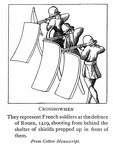 Crossbowmen
Crossbowmen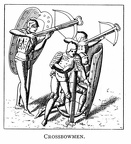 Crossbowmen
Crossbowmen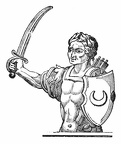 The Saracen Quintain
The Saracen Quintain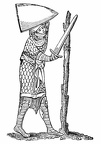 The Pel Quintain—XIV. Century
The Pel Quintain—XIV. Century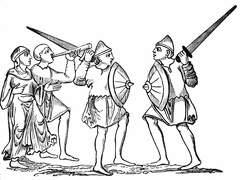 Sword-Dance
Sword-Dance Soldiers - 12 th Century
Soldiers - 12 th Century 10th Century soldier
10th Century soldier Anglo-Saxon Spearmen
Anglo-Saxon Spearmen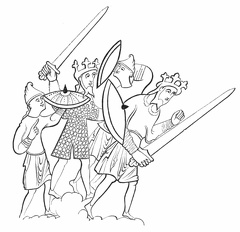 Anglo-Saxon warriors
Anglo-Saxon warriors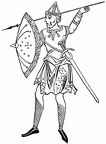 Warrior 11th Cenury
Warrior 11th Cenury Use of the Pavis
Use of the Pavis Sir Robert Shurland
Sir Robert Shurland Saxon Soldiers
Saxon Soldiers Saxon Soldier, in Leather Armour
Saxon Soldier, in Leather Armour Saxon soldier in armour
Saxon soldier in armour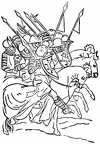 Men-at-Arms, Fourteenth Century
Men-at-Arms, Fourteenth Century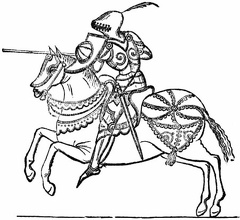 Knight of the Fifteenth Century
Knight of the Fifteenth Century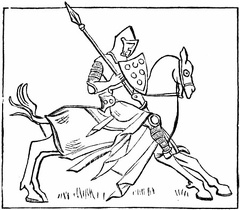 Knight of the end of the Thirteenth Century
Knight of the end of the Thirteenth Century Knight and Men-at-Arms
Knight and Men-at-Arms John of Eltham
John of Eltham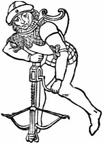 Cross-bow
Cross-bow Combat on Foot
Combat on Foot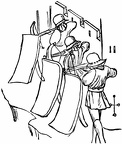 Arbalesters
Arbalesters Statuette of a Gaul
Statuette of a Gaul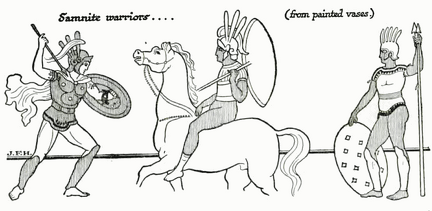 Samnite Warriors
Samnite Warriors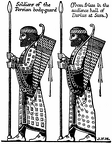 Persian Body-guard
Persian Body-guard German Soldier
German Soldier



